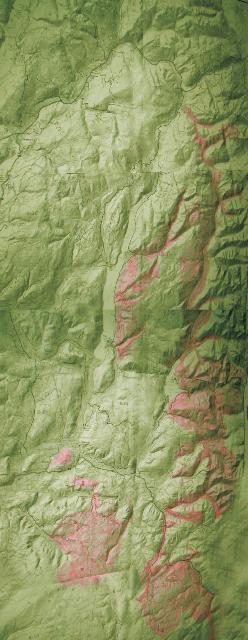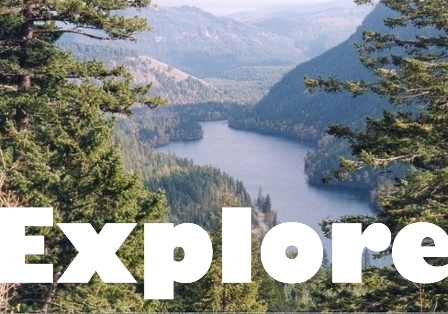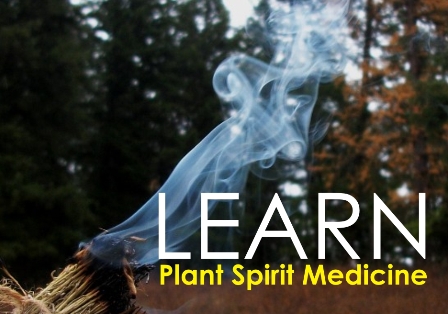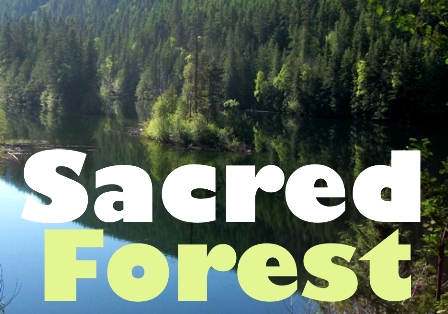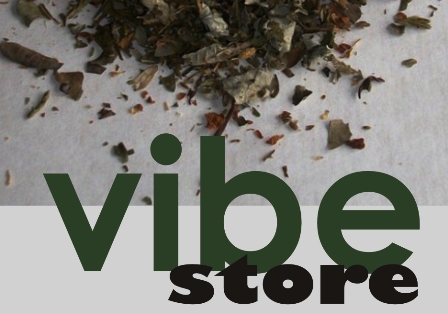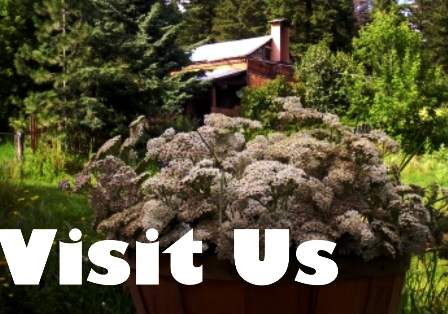sacred forest
A tree seeks to reach until her roots intertwine with another – and then many. She will seek to become something larger than herself. Her quest is constant.
A single tree is but a cell within a single organism that we know as a forest. The forest is one living life form and is the embodiment of an intelligent society, one that can communicate, teach and holds a memory of the place in which it lives.
If a single tree fails to make contact with the roots of others she will grow large so that she can cast seed pods in order to replenish - and will create a forest beneath herself, so that eventually her touch comes in contact with the greater forest nation.
The forest represents the infinite intelligence of a living Earth and its roots carry the blood of life which becomes the language for nature’s greatest conversation as it flows from one tree to another, intertwined with every detail of passage – collecting the total sum of all intelligence that exists along the way.
The Wildcraft Forest operates a regenerative farm and forest located in the Monashee region of British Columbia. We also harvest from other privately held and crown lands within approximately 15,000 acres in the Monashee, including the Upper Shuswap and the Okanagan Highlands.
We are not loggers, we hand-harvest botanicals using wild dynamic permaculture principles within very limited small footprint harvests and within a strict harvest rotation so that eco-systems will experience very little impact. Forest dominates most of the eastern edge of the Okanagan, Upper Shuswap and Monashee. The variety of our forests is a reflection of the broad range of climate, geology, topography and soil present here. These physical factors contribute to a variety of forest communities and provides various stages of forest succession which then creates a rich and diverse mosaic of forest cover.
Broadleaf Deciduous Forests
The Wildcraft Forest Wild Tea Plantation also harvests in other diverse forests in the region which includes broadleaf deciduous forests which are largely made up of trembling aspen, paper birch and black cottonwood, of which trembling aspen occurs on the widest range of sites, generally at low to mid elevations, on moist sites in dry climates and on mesic to slightly dry sites (often in association with paper birch) in moist and wet climates.
Broadleaf deciduous forests play an important role in maintaining the overall biodiversity of our region. Many of our songbirds and other wildlife are closely associated with these forests. Upland deciduous forests are pleasant places with their lightly filtered light, vibrant contrast of colours and good prospects for viewing wildlife. The brilliant yellows and oranges of their fall foliage add to the scenic values of the region.
Wet Montane Forest
Wet mid-montane forests represent a very valuable source for our wildcrafting. These forests include the widest variety of native trees in the province, they occur in the 'wet belt' where the climate is sufficiently wet and mild that western red cedar and western hemlock are common, and majestic forest of several-hundred-year-old tres occur.
Douglas-fir is also found throughout these wet montane forests, and western white pine, western larch, hybrid white spruce and lodgepole pine are common in the southern half of the region. In the cold, wet, montane climates within headwaters areas, hybrid white spruce, lodgepole pine and often subalpine fir predominate, replacing the cedar/hemlock forests. Similar forests also occur on wet sites on the plateaus. The undergrowth of wet montane forests is typically lush, with many ferns, wildflowers and shrubs growing above a verdant carpet of mosses.
Subalpine Forests
The Wildcraft Forest Wild Tea Plantation harvests within high-elevation forests in mountainous terrain of the Monashee’s. Here the climate can be severe, with cool, short growing seasons and long, cold winters, which leaves us a very narrow window for both harvesting and stewardship efforts.
In our wettest subalpine climates wildfires are uncommon and many forests are old, with trees of widely ranging sizes and ages. Subalpine fir and Engelmann spruce are the most characteristic tree species, and the forest canopy is often open and patchy. Subalpine forests of the 'wet belt' have a luxuriant undergrowth with many of the same species typical of wet montane forests, in addition to many characteristically subalpine species, including white-flowered rhododendron, Sitka valerian, bracted lousewort and Merten's sedge.
In rainshadow climates, subalpine forests are often dominated by lodgepole pine, alpine larch and whitebark pine, with an undergrowth of dwarf ericaceous shrubs, grasses and dryland mosses and lichens. Near the upper limits of tree growth, subalpine forests are often intermixed with treeless communities with treeless communities. These subalpine parklands provide some of the most spectacular scenery and wildflower communities in the region.
Wildcrafting
Wildcrafting is the practice of harvesting and using wild materials for food, medicine, construction, art and craft. Whether it's a wild botanical like devils club, shed antlers, pine cones or mushrooms, the gathering of found materials provides wildcrafters a means to generate a living direct from nature.
Wildcrafting shares different labels like non-timber forest products and agroforestry but none of these names defines this act or the philosophy that drives it better than "permaculture" which combines 'permanent agriculture' and 'permanent culture' - it is about living lightly on the planet, and making sure that we can sustain human activities for many generations to come, in harmony with nature. Permanence is not about everything staying the same. It's about stability, about deepening soils and cleaner water, thriving communities in self-reliant regions, biodiverse agriculture and social justice, peace and abundance.
Wildcrafting has begun to surface as the next stage beyond "organic" and “permaculture” as the next stage beyond "sustainable".
The Wildcraft Forest Studio Site
Dry Forests
The Wildcraft Forest Wild Tea Plantation sits in a Dry Forests of drought-tolerant trees, such as ponderosa pine, lodgepole pine and Douglas-Fir. Here there is a warm valley bottom that is combined with valley slopes and dry plateaus. The forest here has various open canopies that allow grasses, such as pingrass, Idaho fescue and bluebunch wheatgrass, to dominate the undergrowth. The forest here is interconnected with grasslands, creating a picturesque parkland setting. Many of these dry forests provide critical winter habitat for large hoofed mammals, such as mule deer and elk.
contact the forest
250.547.2001
